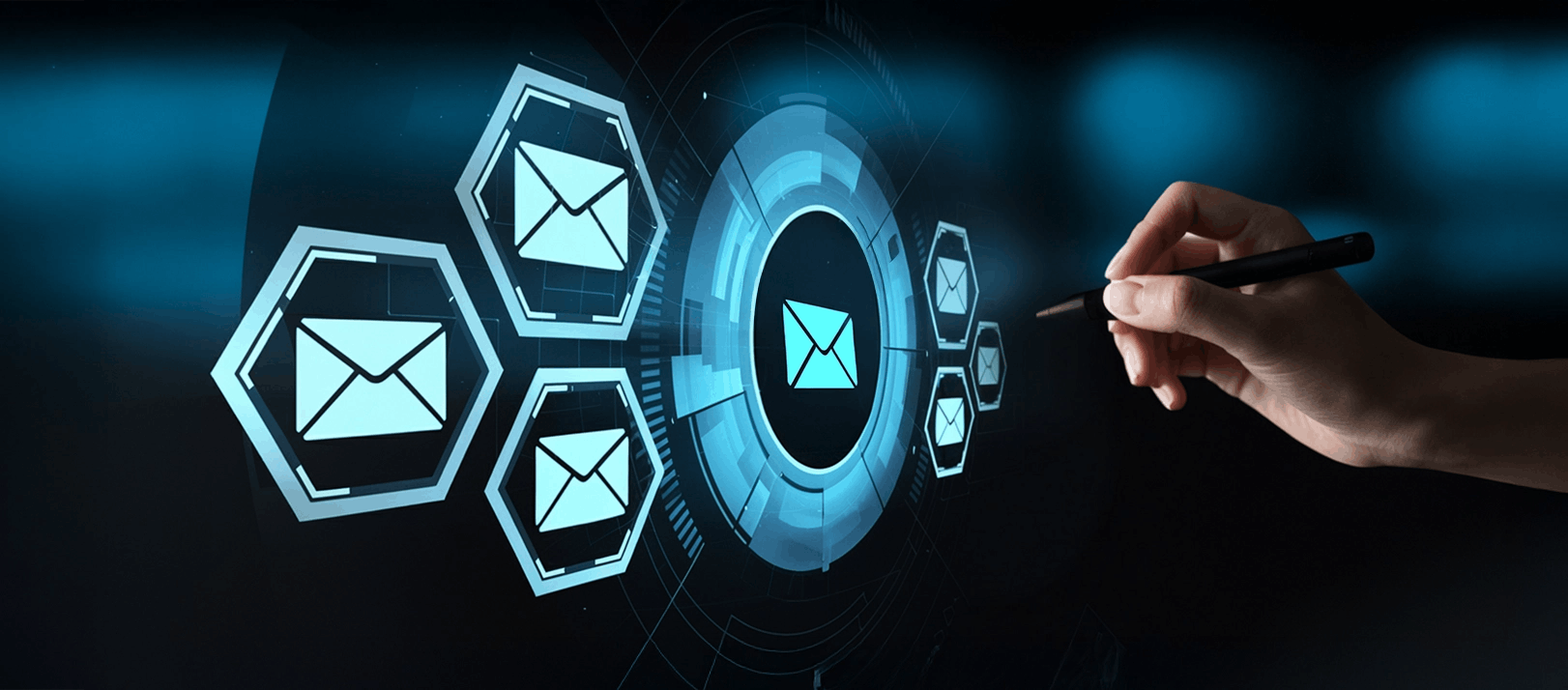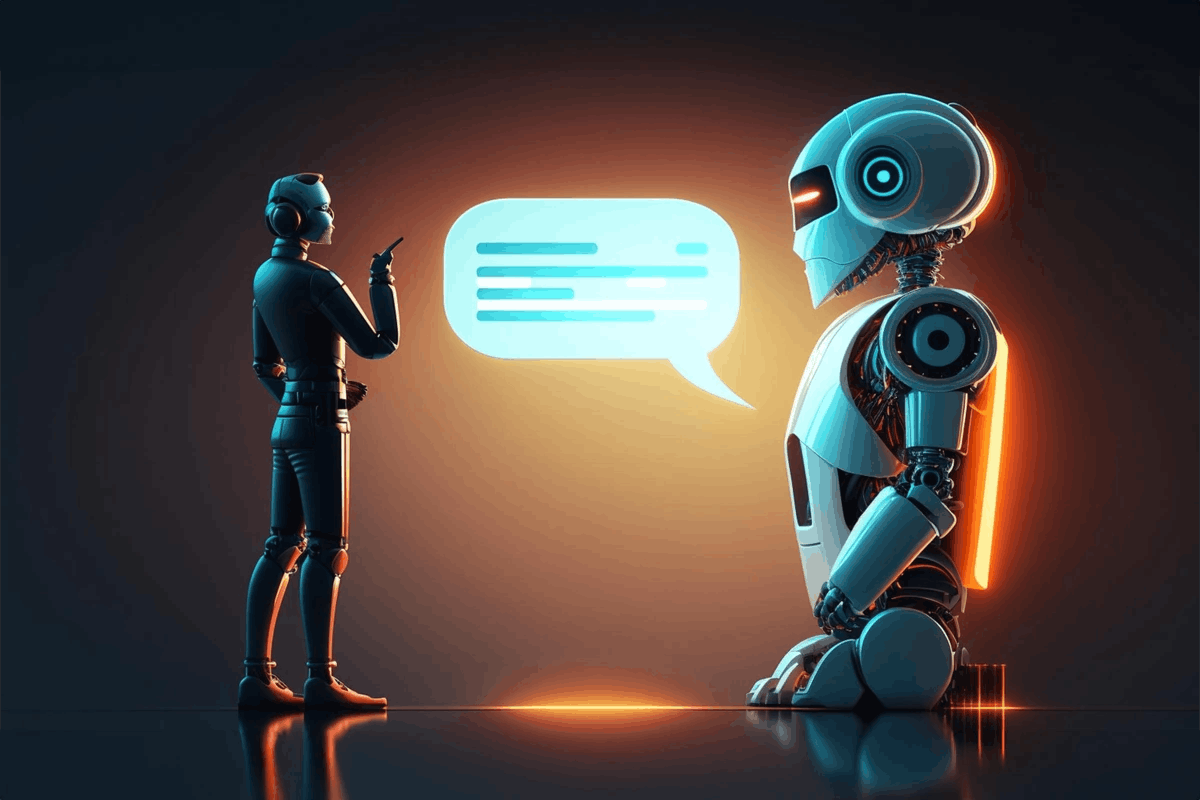
,
TL;DR:
- A2A protocol enables communication between multiple AI agents in multi-agent systems; MCP protocol connects AI models to external data sources and tools
- A2A uses peer-to-peer architecture for agent collaboration; MCP uses client-server architecture for resource access
- Use A2A when you need specialized agents to coordinate on complex tasks; use MCP when your AI needs access to databases, APIs, or external tools
- A2A and MCP often work together in sophisticated systems, with A2A handling agent coordination and MCP managing resource connections
- The choice between MCP vs A2A depends on whether you're solving a collaboration problem (A2A) or an integration problem (MCP)
Introduction
A2A and MCP are two protocols that you have undoubtedly seen when developing AI systems that must communicate with one another or connect to outside resources. They sound alike at first. They both have to do with communication. AI agents are involved in both. The problem is that they address quite different issues.
The A2A protocol (Agent-to-Agent Protocol) helps AI agents communicate with each other in multi-agent systems. Think of it as the language agents use to collaborate, negotiate, or share information. In contrast, AI models are connected to external data sources and tools using the MCP protocol (Model Context Protocol). Giving a single AI system access to the resources it requires to operate is more important than agent-to-agent communication.
Knowing the difference between the MCP and A2A protocols is important since choosing the incorrect one can limit the scalability of your system, complicate its architecture, or waste development time. Let's examine each protocol's functions, differences, and appropriate use cases.
What is the A2A Protocol?
Multiple AI agents can communicate with each other over the A2A protocol. A2A is what enables agents to coordinate, share tasks, or exchange information when you're developing a system.
Here's how it functions. Although each agent works individually, they must collaborate with others to finish intricate workflows. The framework for these exchanges is provided by A2A, which manages task delegation, message routing, and dispute resolution.
Key features of A2A:
- Multi-agent coordination: Allows actors to collaborate on common objectives
- Decentralized communication: Agents don't need a central controller to communicate with each other.
- Flexible message formats: Supports structured data exchange between agents with different capabilities
- Task distribution: Allows agents to delegate subtasks to specialized agents
Consider a customer service system with three agents, for instance: one person answers basic questions, another manages refunds, and a third person escalates complicated problems. These agents can exchange context and duties without human intervention thanks to the Agent-to-Agent Protocol.
The A2A protocol vs MCP difference starts to become clear here. A2A is about the relationships between agents. MCP is about connecting agents to the outside world.
What is the MCP Protocol?
The Model Context Protocol takes a different approach. Rather than enabling agent-to-agent communication, MCP connects AI models to external systems such as databases, APIs, file systems, and enterprise tools.
Consider MCP as an all-purpose adapter. Your AI model requires access to Google Drive documents, real-time inventory from a warehouse system, and customer data in a CRM. Without creating unique integrations for every resource, MCP offers a common method of accessing them.
Key features of MCP:
- Unified data access: Connects AI models to diverse data sources through a single protocol
- Tool integration: Enables models to invoke external functions or APIs
- Context management: Maintains stateful connections to resources across conversations
- Standardized interfaces: Simplify the process of incorporating additional data sources
For example, in a single discussion, a customer service AI utilizing MCP can retrieve purchase history from Shopify, use FedEx's API to verify shipping status, and update ticket details in Zendesk. These connections are managed by the MCP server, which abstracts away the intricacy of each integration.
What this really means is that MCP solves the "how do I give my AI access to tools and data" problem, while A2A solves the "how do I make multiple AIs work together" problem.
Core Differences Between A2A and MCP
Let's get specific about what separates these protocols. The MCP vs A2A comparison comes down to five fundamental differences.
Communication Direction
A2A handles lateral communication between agents. Agent A communicates with Agent B, who may then contact Agent C. It is a network of peers.
MCP handles vertical communication between a model and its resources. An AI talks to a database or an API, but those systems don't talk back in the same way agents do.
Architecture Style
The A2A vs MCP architecture reveals another split. A2A uses a decentralized or federated model. Agents operate autonomously and coordinate through negotiation.
MCP uses a client-server model. The AI is the client, the MCP server is the intermediary, and the external tools or data sources are the endpoints.
Use Case Focus
A2A performs exceptionally well in situations that call for cooperation, such as distributed decision-making, multi-agent workflows, or systems in which agents have specific tasks.
MCP performs exceptionally well in situations that require integration, such as allowing tool use within a single agent, offering access to confidential data, or integrating an AI with enterprise systems.
State Management
A2A protocols often include mechanisms for shared state or consensus building. Agents need to agree on task ownership or maintain synchronized context.
MCP manages stateful connections to resources without requiring consensus. The AI just gets what it requires when it needs it.
Complexity and Overhead
A2A introduces complexity in agent coordination, message routing, and conflict resolution. You're managing relationships between autonomous entities.
MCP introduces complexity in resource management and authentication. You are in charge of links to external systems, each of which has specific needs.
Read more:
When to Use A2A vs MCP
Choosing between Google A2A protocol vs MCP depends on your system's requirements. Here's a practical breakdown.
Use A2A when:
- You need multiple agents to collaborate on complex tasks
- Your system requires specialized agents with distinct capabilities
- Agents must negotiate, delegate, or reach a consensus
- You're building a distributed AI system where agents operate independently
Use MCP when:
- Your AI needs access to external data sources or tools
- You want to standardize integrations across multiple resources
- You're building a single-agent system with broad tool requirements
- You need to manage stateful connections to enterprise systems
What if you need both? That is when things become fascinating.
How A2A and MCP Work Together
This is where the comparison between A2A and MCP becomes more complex. There is no conflict between these protocols.
Consider a legal research platform with three agents: one does a case law search, another examines contracts, and a third summarizes the results. The A2A protocol enables these agents to coordinate. Agent A might request specific contract clauses from Agent B, which then asks Agent C to summarize the results.
But each agent also needs external resources. The case law agent connects to legal databases. The contract analyzer accesses cloud storage for documents. The summarizer uses a citation management API. That's where the Model Context Protocol comes in. Each agent uses MCP to access its required tools and data.
In this architecture, MCP and A2A serve complementary roles. A2A handles the horizontal communication between agents. MCP handles the vertical communication between agents and their resources.
This hybrid approach is becoming standard in multi-agent systems architecture. You get the collaboration benefits of A2A and the integration flexibility of MCP.
MCP vs A2A vs ACP
You might have also heard about ACP (Agent Communication Protocol). So what's the deal with MCP vs A2A vs ACP?
ACP is an older standard for agent communication, similar in spirit to A2A but with different technical specifications. It emerged from academic research in the 1990s and focused on FIPA (Foundation for Intelligent Physical Agents) standards.
Key differences:
- ACP is more rigid, with strict message formats and ontologies
- A2A is more flexible, designed for modern distributed systems
- MCP is in a different category entirely, focused on resource access rather than agent communication
Most modern systems favor A2A over ACP because it's more adaptable to diverse use cases and doesn't require heavy ontological commitments. But if you're working with legacy systems or research projects, you might encounter ACP.
The AI agent vs MCP question is also misleading. MCP does not compete with AI agents; rather, it helps them by providing access to the tools and data they require.
Technical Implementation Considerations
Building systems with these protocols requires thinking through several technical layers.
For A2A Implementation
Establishing routing systems, defining message formats, and putting conflict resolution techniques into practice are all necessary. The majority of A2A solutions enable asynchronous communication patterns and serialize messages using JSON or Protocol Buffers.
Considerations include:
- How agents discover each other
- What happens when an agent goes offline
- How to handle message ordering and delivery guarantees
- Security and authentication between agents
For MCP Implementation
You'll need to set up MCP servers, configure resource connections, and handle authentication credentials. The protocol commonly employs REST or gRPC for communication and allows both synchronous and streaming interactions.
Considerations include:
- How to handle rate limits from external APIs
- Caching strategies for frequently accessed data
- Error handling when resources are unavailable
- Managing API keys and access tokens securely
For Hybrid Systems
When combining both methods, you will need to consider:
- How agents share MCP connections or whether each maintains its own
- Whether resource access should be mediated by a specialized agent
- How to propagate errors from MCP operations through A2A workflows
- Debugging and keeping an eye on both communication layers
Real-World Examples
Let's look at how the A2A vs. MCP protocol distinction plays out in actual systems.
E-commerce recommendation system
Three agents work together using A2A: a browsing behavior analyst, a purchase history evaluator, and a recommendation generator. Each agent uses MCP to access different data sources. The behavior analyst connects to clickstream data via MCP. The purchase evaluator accesses transaction records. The recommendation generator pulls product catalogs. The agents coordinate through A2A to produce personalized recommendations.
Healthcare diagnostic assistant
Multiple specialist agents (cardiology, radiology, pharmacology) communicate via A2A to develop differential diagnoses. Each specialist agent uses MCP to access relevant medical databases, imaging systems, and drug interaction checkers. The AI agent communication protocol (A2A) enables collaborative diagnosis, while MCP provides access to specialized medical knowledge bases.
Financial trading platform
Market analysis agents coordinate through A2A to identify opportunities. Each agent uses MCP to connect to market data feeds, trading APIs, and risk management systems. The MCP vs Google A2A choice here is clear: both protocols work together to enable sophisticated trading strategies.
Common Misconceptions
Let's dispel some misunderstandings regarding the MCP vs. A2A Protocol controversy.
Misconception 1: A2A and MCP are competing standards.
They're not. They frequently collaborate within the same system while resolving various issues.
Misconception 2: You always need both protocols.
Not true. Simple single-agent systems may simply require MCP. Systems that rely solely on internal agent coordination may require simply A2A.
Misconception 3: MCP is only for large language models.
Any AI model that requires outside resources can be used with MCP, including hybrid architectures, rule-based systems, and conventional machine learning models.
Misconception 4: A2A requires all agents to be identical.
A2A explicitly supports heterogeneous agents with different capabilities. That's what multi-agent collaboration is all about.
Choosing the Right Protocol for Your System
The A2A vs MCP decision ultimately depends on your architecture goals.
Start by mapping your requirements. Do you need multiple agents to collaborate? That suggests A2A. Do you need to integrate with external systems? That suggests MCP. Need both? Plan for a hybrid architecture.
Consider scalability implications. A2A systems can become complex as you add more agents. MCP systems can face performance bottlenecks if agents compete for limited API rate limits.
Think about the maintenance burden. A2A requires ongoing coordination logic updates as agent capabilities evolve. MCP requires managing integrations as external APIs change.
The good news is that both protocols are designed to be extensible. You can start with one and add the other as your system grows. The key is understanding which problem you're actually trying to solve.
What this really means is that the MCP vs A2A Protocol question isn't about picking sides. It's about matching tools to problems. A2A solves multi-agent coordination. MCP solves resource integration. Choose based on what your system actually needs to do.
Codiste helps enterprises navigate this decision, ensuring you choose the right tools to precisely match your system's needs and scale your innovation.




